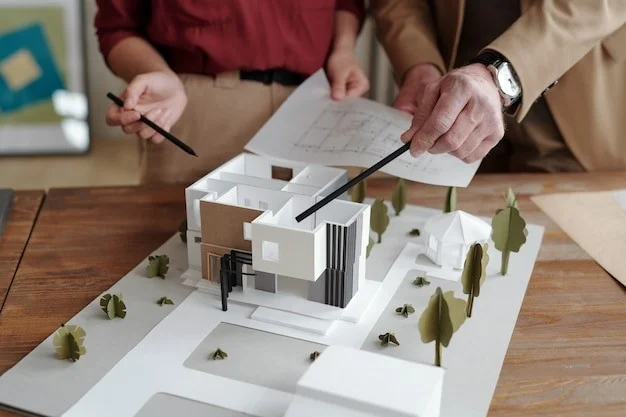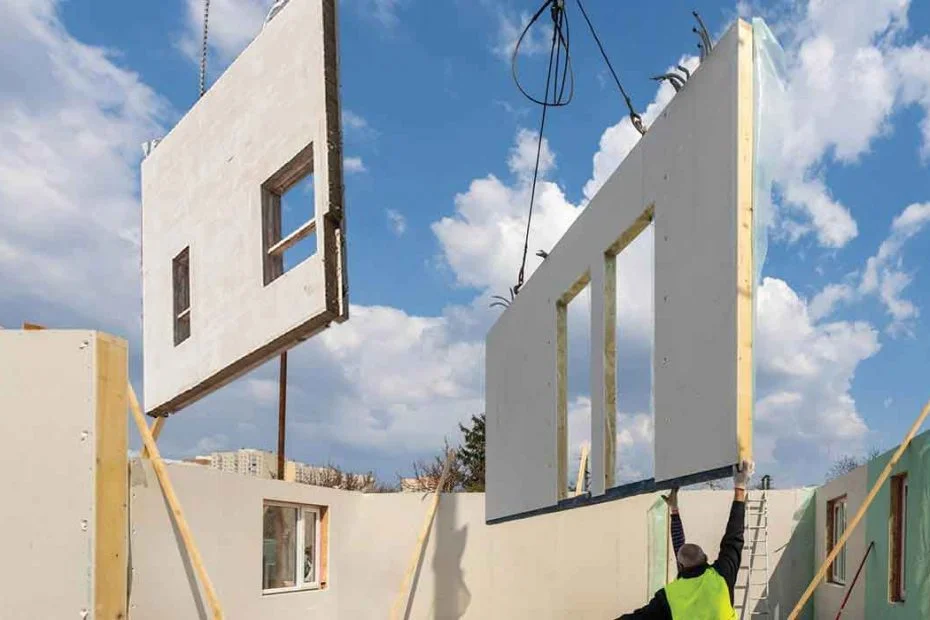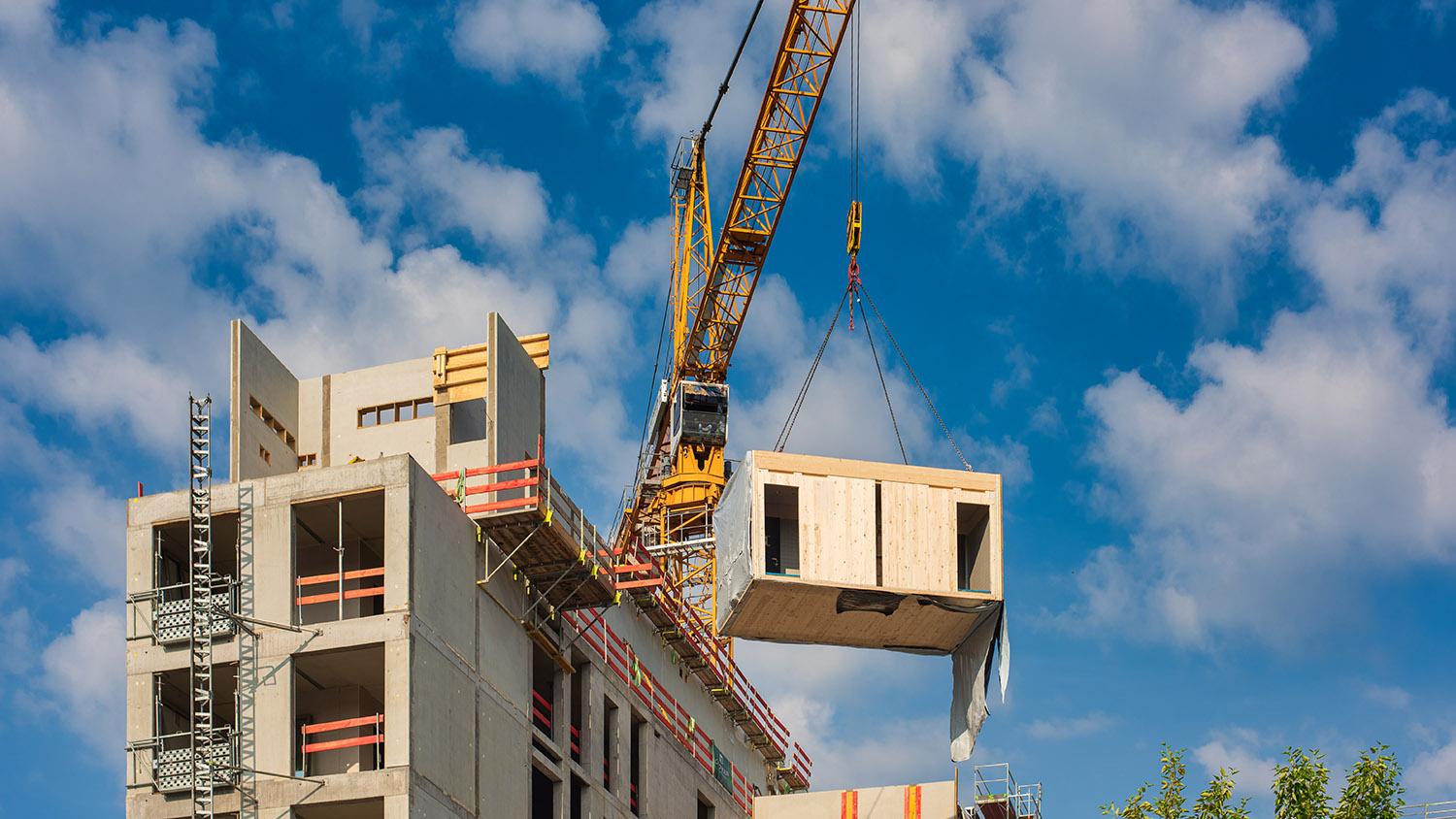Prefabrication and Modular Technology in Intelligent Construction
Prefabrication and modular construction are innovative approaches used in intelligent construction to improve efficiency, reduce costs, and enhance sustainability.


Prefabrication:
Prefabrication involves manufacturing building components or entire building modules in a controlled factory environment before transporting them to the construction site for assembly. This approach offers several benefits in intelligent construction:
Benefits of Prefabrication:
- Speed: Prefabricated components can be produced simultaneously with on-site work, reducing construction timelines significantly.
- Quality Control: Factory conditions ensure consistent quality, resulting in fewer defects and rework on-site.
- Cost Savings: Reduced labor and material waste, along with efficient production processes, lead to cost savings.
Applications of Prefabrication:
- Prefabricated Wall Panels: Wall panels with insulation and finishes can be manufactured off-site and assembled quickly.
- Bathroom Pods: Entire bathrooms, including fixtures and plumbing, can be prefabricated and installed in multi-unit residential or hospitality projects.
- Modular Units: Modular units can be manufactured off-site for various applications, including housing, offices, and healthcare facilities.
Modular Construction:
Modular construction involves building entire structures from pre-manufactured modules or sections that are transported to the construction site and assembled in a coordinated manner. Here are the key aspects:
Benefits of Modular Construction:
- Speed: Modular buildings can be constructed faster than traditional buildings, reducing project timelines.
- Quality Assurance: Controlled factory conditions ensure consistent quality across all modules.
- Flexibility: Modular construction allows for easy expansion, reconfiguration, and even relocation of structures.
Applications of Modular Construction:
- Housing: Modular construction is widely used for residential projects, including single-family homes, apartment complexes, and student housing.
- Hotels: Many hotel chains have adopted modular construction for guest room modules, enabling quicker openings.
- Healthcare Facilities: Modular construction is suitable for hospitals, clinics, and medical facilities that require rapid construction.
Integration with Intelligent Construction:
Prefabrication and modular construction can be seamlessly integrated with intelligent construction technologies, including Building Information Modeling (BIM), IoT, and AI. This integration enhances coordination, data sharing, and real-time monitoring, making the construction process more efficient and responsive to changing project conditions.
Types of Prefabrication and Modular Products Used in Intelligent Construction:
- Modular Building Units: Modular building components, such as pre-fabricated walls, floors, and roof panels, are designed and manufactured off-site to exact specifications and then assembled on-site. These units are customizable and can be used in various construction projects.
- Prefabricated Modules for HVAC and Utilities: Pre-fabricated utility modules, including HVAC systems, electrical distribution panels, and plumbing systems, are built in controlled environments to ensure quality and efficiency. They are then integrated seamlessly into construction projects.
- Bathroom and Kitchen Pods: Bathroom and kitchen pods are fully outfitted and prefabricated units that include fixtures, fittings, and appliances. They are installed as complete units, reducing on-site work and improving consistency in finishes.
- Prefabricated Facades and Cladding Systems: Facades and cladding systems are often prefabricated off-site and delivered as panels. These speeds up the envelope closure phase of construction and enhances the building’s energy efficiency.
- Modular Steel and Concrete Structures: Entire building structures, including columns, beams, and even complete sections of buildings, can be manufactured off-site using steel or pre-cast concrete. These structures are assembled quickly and with high precision on-site.


Prefabricated Building Components
Case Study of Prefabrication and Modular in Intelligent Construction:
- Design and Engineering Complexity
- Problem: Designing and engineering prefabricated or modular components with complex architectural and structural requirements can be challenging.
- Solution: Employ advanced Building Information Modeling (BIM) software and 3D modeling tools to create detailed, accurate designs. Collaborate closely with architects, engineers, and manufacturers to ensure feasibility and quality.
- Transportation and Logistics
- Problem: Transporting large modular units or prefabricated components to the construction site can be logistically complex and costly.
- Solution: Optimize transportation routes, use specialized transport vehicles, and plan for just-in-time delivery to minimize costs and streamline logistics. Consider using transportation simulation software for route planning.
- Site Integration and Coordination
- Problem: Integrating modular units into an existing construction site while maintaining alignment and coordination can be challenging.
- Solution: Use laser scanning and surveying technology to ensure precise alignment during installation. Develop a clear installation schedule and communication plan to coordinate with on-site and off-site teams effectively.
- Quality Control
- Problem: Ensuring consistent quality across prefabricated and modular components can be difficult.
- Solution: Implement strict quality control processes and inspection protocols at the factory and on-site. Utilize sensors and IoT devices for real-time quality monitoring and data collection.